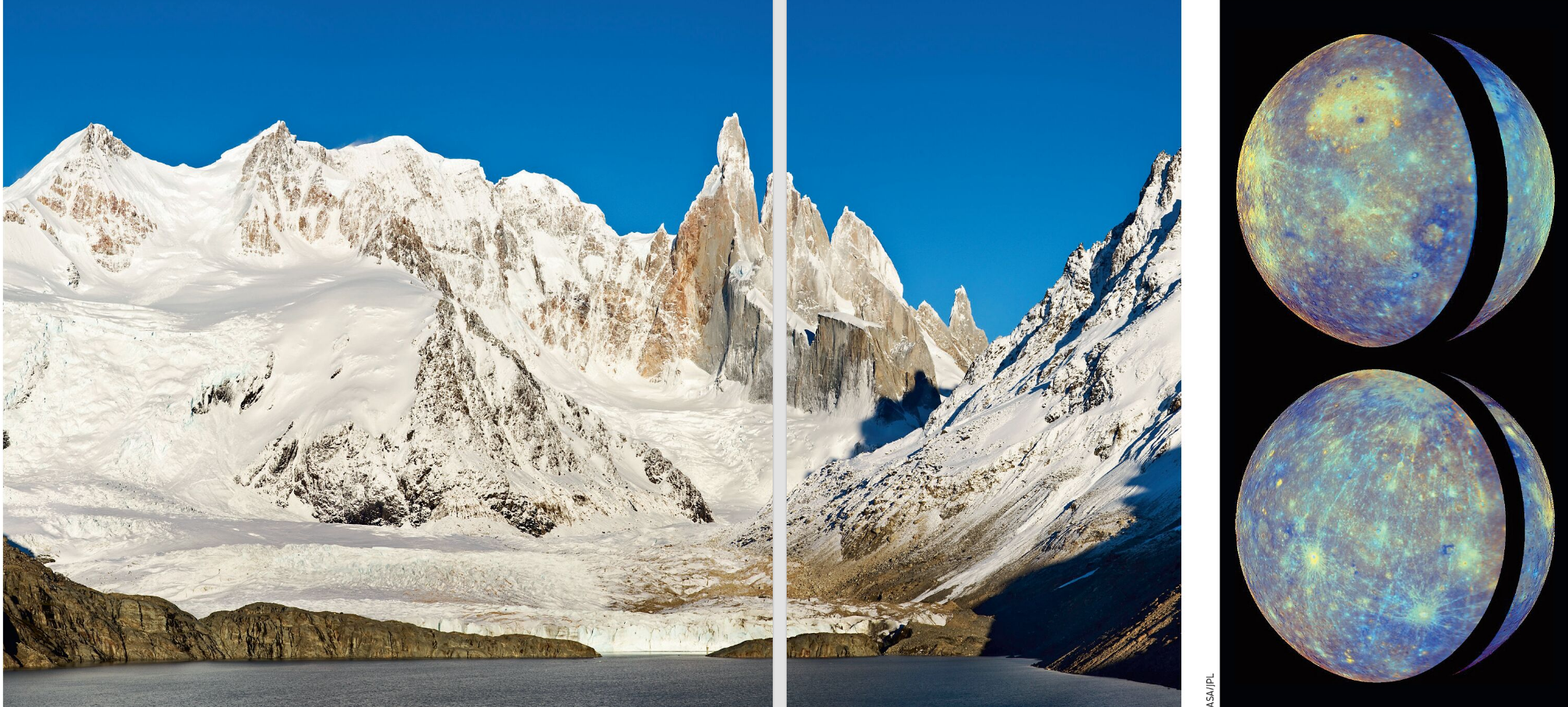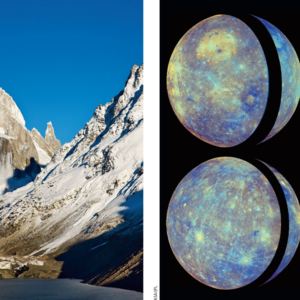From New Scientist Mercury gets powerful solar storms every day

- Main Themes and Key Ideas:
Mercury's Extreme Environment: The article emphasizes the harsh conditions on Mercury. It is described as a world of "extremes," with intense heat and its close proximity to the sun. Despite this, it is also incredibly cold on the night side and at its poles. The phrase "PETS GO, Mercury is a world of extremes—and one that doesn’t always make great deal of sense" encapsulates this duality.
Mysteries and Open Questions about Mercury: Significant unknowns remain about Mercury. The BepiColombo mission, while providing valuable data, has revealed further questions. Key mysteries include:
The nature of water ice in permanently shadowed craters at the poles.
The composition of some mysterious substances called "low-reflectance materials" covering the ice, suspected to be carbon-based but not fully understood.
The origin of the "lobate scarps" and "wrinkle ridges" on the surface, which are thought to have formed as Mercury contracted.
The fundamental question of why Mercury has "so much core compared with the other planets." This is described as a "really big open question."
The reason for Mercury's current orbit and whether it migrated inwards in the past.
The Violent Solar Wind and its Impact on Mercury: A central focus is the effect of the solar wind, a "powerful solar storms" that "lash Mercury." The article highlights the significant interaction between the solar wind and Mercury's magnetosphere. This interaction drives a physical process called "magnetic reconnection," which stores and releases energy from the solar wind, resulting in phenomena similar to Earth's aurora, though it is visible in X-rays. Studying this interaction is crucial for understanding the "fundamental physics of solar wind to magnetosphere coupling."
The Relevance of Studying Mercury for Earth: The article explicitly states the importance of studying Mercury for understanding space weather on Earth. The "worst-case space weather scenarios" on Earth, which can disrupt satellites and power grids, are linked to the powerful solar wind. By studying Mercury, which lacks a thick atmosphere, scientists can observe the direct impact of the solar wind and gain insights that are applicable to understanding space weather on Earth. Jonathan O'Callaghan states, "The worst-case space weather scenarios that we see on Earth—which can damage satellites and knock out power grids—happen once a century. But on Mercury you get extremely powerful occurrences every day."
The Role of Instruments and Missions: The article mentions the BepiColombo mission and its instruments, specifically the X-ray spectrometer MIXS, which was built at the University of Leicester. These instruments are vital for analyzing the composition of Mercury's surface and helping to answer the lingering questions about the planet's formation and evolution. The goal is to "work out what happened to Mercury by looking at the ratio of different elements on the surface, like magnesium and aluminium," which can help understand its collision history and the composition of its outer layers.
- Conclusion:
The "Mercury Storm" article effectively communicates the scientific excitement and challenges surrounding the exploration of Mercury. It highlights the planet's unique characteristics, the ongoing efforts to understand its mysteries, and the crucial role it plays in furthering our understanding of space weather and its impact on Earth. The interview emphasizes that despite recent progress, there are still fundamental questions about Mercury that continue to drive scientific inquiry.



 10
10 0
0